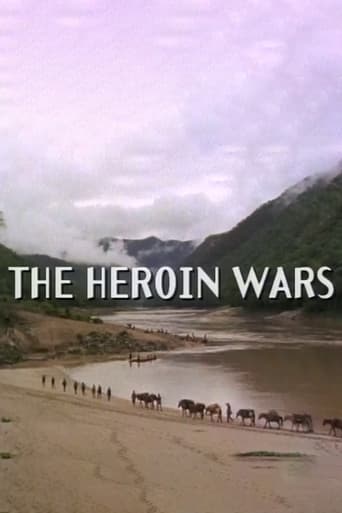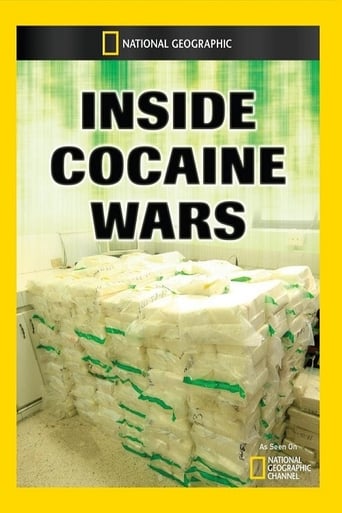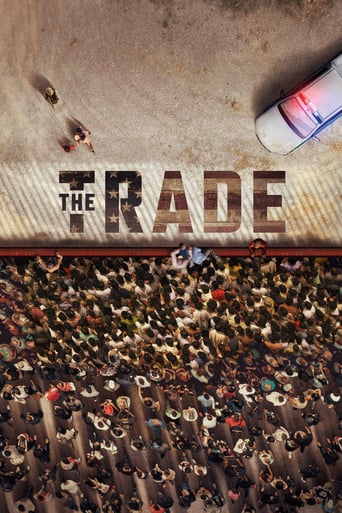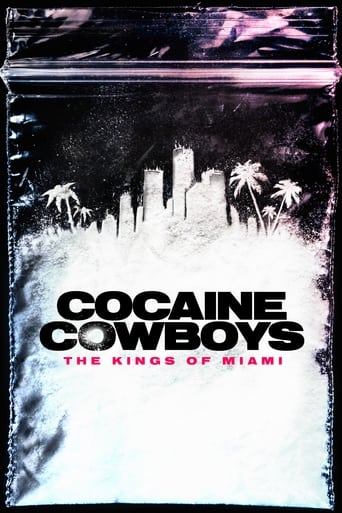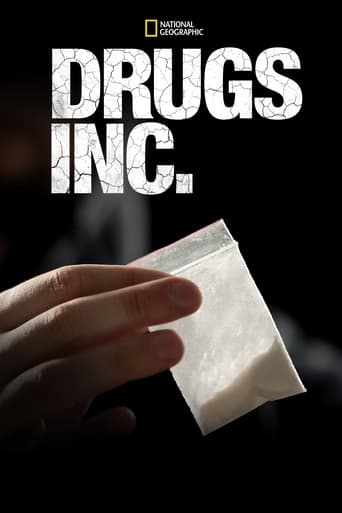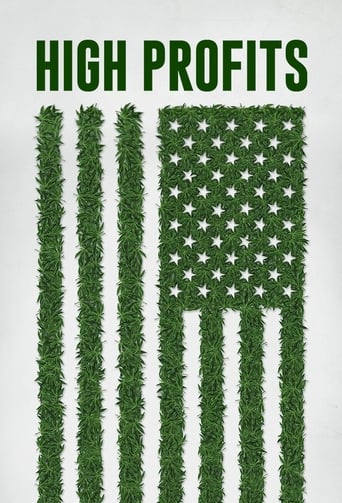The Heroin Wars (1996)
The Heroin Wars
1996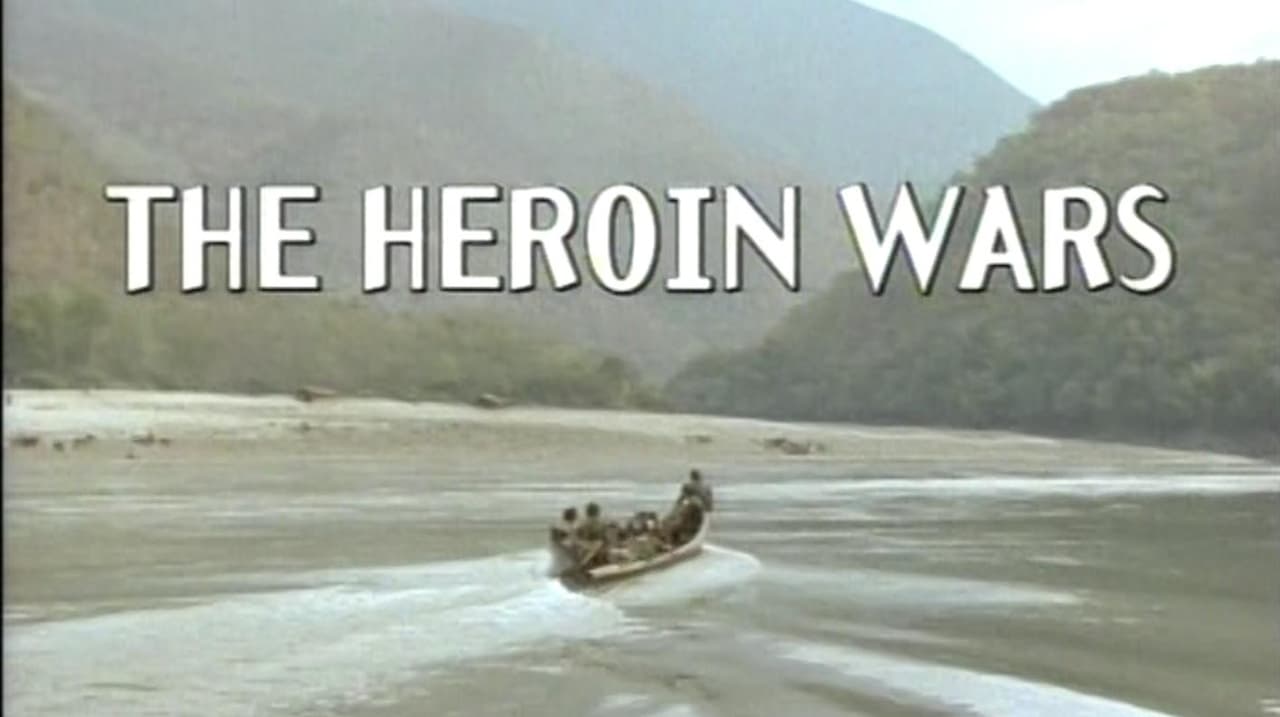
History of the narcotics trade in Burma and the War on Drugs. In 1964, director Adrian Cowell and cameraman Chris Menges went to mountainous eastern Burma to film the Shan revolutionary forces fighting a bloody civil war against the military dictatorship. The impoverished Shans had only one way to finance the war: opium. Cowell has returned several times over the last 30 years to record the ongoing civil war and the burgeoning opium trade. The first and last episodes are produced in association with WGBH/FRONTLINE.
Seasons & Episode
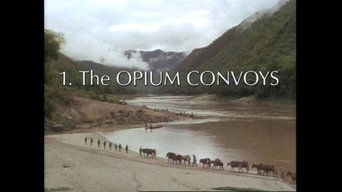
Lo Hsing-Han, Khun Sa and the beginning of the war on drugs. Trafficking initially funded rebellion against the anti-democratic Burmese Army dictatorship. As guerilla armies fought to control the huge mule convoys transporting opium to the outside world, the U.S. intervened to attack the convoys, then arrested the first "King of Opium" after inviting him to negotiate.

Hong Kong, the drug capital of southeast Asia for the last century. The success of Hong Kong police in combating opium caused many opium users to switch to cheaper, more easily smuggled heroin in the 1970s.

Khun Sa changes sides in the narcotics carousel. Returning to the Shan war of independence, even with $80 million in U.S. military aid the Burmese Army never halted or captured a single drug convoy. Despite their dramatic arrests and surrenders, the two "Kings of Opium" are now richer and more powerful than ever.
History of the narcotics trade in Burma and the War on Drugs. In 1964, director Adrian Cowell and cameraman Chris Menges went to mountainous eastern Burma to film the Shan revolutionary forces fighting a bloody civil war against the military dictatorship. The impoverished Shans had only one way to finance the war: opium. Cowell has returned several times over the last 30 years to record the ongoing civil war and the burgeoning opium trade. The first and last episodes are produced in association with WGBH/FRONTLINE.
Watch Trailer
Free Trial Channels


